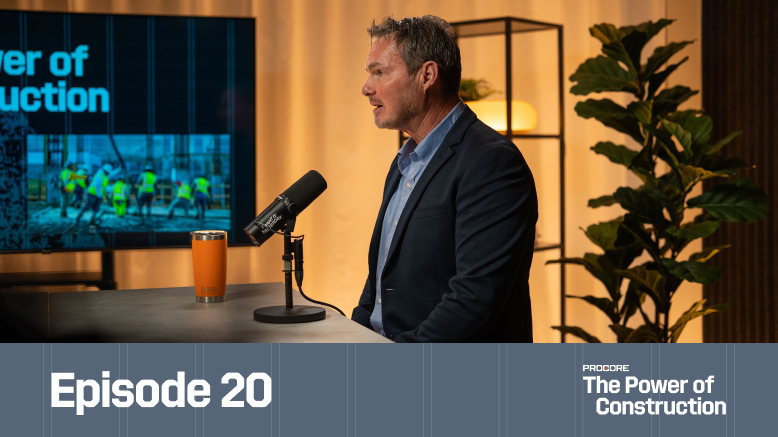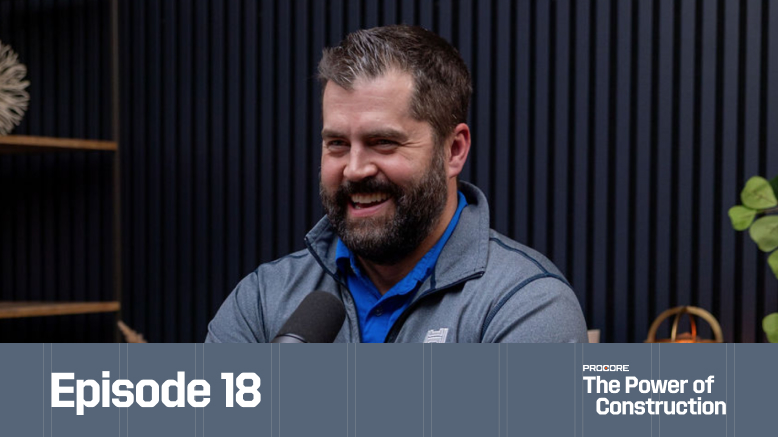AI as Opportunity: Reframing the Leadership Mindset
Rochelle Tognetti opens with a powerful reframing exercise for leaders: "What if AI created new opportunities for you as a leader, for your business, for your industry? Hold that thought for a second. What would you need to be doing differently? How would you need to be thinking differently, acting differently—and really lean into that?"
This question challenges the default narrative of AI as threat and instead positions it as a catalyst for transformation. While acknowledging the importance of considering worst-case scenarios, risks, and ethics, Tognetti emphasizes that this moment represents "a wonderful opportunity for leaders right now" to reimagine their organizations and industries.
Preserving Institutional Knowledge Through AI Agents
Fiona Wilhelm addresses one of construction's most pressing challenges: the retirement of experienced workers who carry decades of institutional knowledge. Rather than viewing retirement as inevitable knowledge loss, Wilhelm proposes a revolutionary approach.
"People who know a lot about your organization should not be forced to retire; they should be redeployed to train agents so that they can get this best-in-class information out to these people who are onboarding to this job, so that they can get access to that."
This vision transforms retirement from an ending into a transition—where experienced professionals become knowledge architects, encoding their expertise into AI systems that can guide future generations of workers.
The Emotional and Ethical Dimensions of AI Integration
The conversation explores the often-overlooked emotional aspects of AI adoption in construction. Beyond technical implementation, leaders must address "AI anxiety"—the fear and uncertainty that workers experience when intelligent systems enter their workflows.
This anxiety isn't irrational; it reflects legitimate concerns about job security, skill obsolescence, and organizational change. Effective AI integration requires leaders who can navigate these emotional landscapes while maintaining clear ethical boundaries around how AI is deployed and what decisions remain fundamentally human.
Redefining C-Suite Skills for the AI Era
The episode challenges traditional executive competencies, asking what skills C-suite leaders need when AI transforms organizational decision-making. Financial acumen and strategic vision remain important, but leaders must now add technological fluency, change management expertise, and the ability to integrate human judgment with machine insights.
The most successful executives won't be those who understand AI best technically, but those who can articulate clear visions for how intelligent systems should enhance rather than replace human capability—and who can bring their organizations along on that journey.
AI and Neurodiversity: Unlocking Hidden Strengths
One of the episode's most compelling insights addresses how AI can create opportunities for neurodiverse talent in construction. Many individuals with exceptional spatial reasoning, pattern recognition, or technical capabilities struggle with traditional communication or social dynamics that have historically limited their advancement.
AI tools can serve as cognitive scaffolding—handling routine communication, organizing information, and managing workflows in ways that allow neurodiverse workers to focus on their core strengths. This isn't about replacing human capability but about removing artificial barriers that have prevented talented individuals from contributing fully.
Operational Challenges: Integrating AI into Human Workflows
The discussion moves beyond theory to address practical implementation challenges. How do you integrate AI systems into construction workflows that have developed over decades? How do you maintain human oversight while allowing AI to operate with sufficient autonomy to provide value?
The answer lies not in wholesale replacement but in thoughtful augmentation—identifying specific decision points where AI can provide better information, faster analysis, or more consistent execution while keeping human judgment central to critical decisions.
Beyond the Jobsite: AI's Broader Organizational Impact
While much AI discussion in construction focuses on jobsite applications—robots, drones, and autonomous equipment—this conversation challenges leaders to look beyond physical automation. AI's most significant impact may come in areas like project planning, risk assessment, supply chain optimization, and knowledge management.
These less visible applications can transform how organizations think, decide, and learn without necessarily changing what happens on the physical jobsite. Leaders who focus exclusively on robotic applications may miss the more profound organizational transformations AI enables.
The Question of "Should" vs "Can"
Perhaps the episode's most important contribution is its insistence that leaders ask not just "What can AI do?" but "What should AI do?" This distinction matters enormously.
Just because AI can automate a task or make a decision doesn't mean it should. Leaders must maintain clear boundaries around human judgment, ethical considerations, and the preservation of skills and relationships that define professional excellence in construction. The technology's capabilities should inform but not determine organizational choices.
Key Takeaways
This episode reveals that construction leadership in the age of AI requires:
Opportunity-First Thinking: Reframing AI as catalyst for transformation rather than defaulting to threat narratives.
Knowledge Preservation Systems: Redeploying retiring experts to train AI agents that can transfer institutional wisdom to new workers.
Emotional Intelligence: Addressing AI anxiety and the human dimensions of technological change with empathy and clarity.
Evolved Executive Competencies: C-suite leaders need technological fluency combined with vision for human-AI collaboration.
Neurodiversity Enablement: Using AI as cognitive scaffolding to unlock capabilities of talented individuals who struggle with traditional workflows.
Operational Integration: Thoughtfully embedding AI into human workflows through augmentation rather than wholesale replacement.
Beyond Physical Automation: Recognizing AI's profound impact on organizational thinking, decision-making, and knowledge management.
Ethical Boundaries: Maintaining clear distinctions between what AI can do and what AI should do in construction contexts.
Change Management Mastery: Leading organizations through transformation that fundamentally alters how work gets done.
Human-Centered Technology: Ensuring AI enhances rather than replaces the judgment, relationships, and expertise that define professional excellence.
Fiona Wilhelm and Rochelle Tognetti demonstrate that construction leadership in the age of AI isn't primarily a technical challenge—it's a human one. The leaders who will thrive are those who can articulate clear visions for human-AI collaboration, navigate the emotional complexities of technological change, and maintain ethical boundaries while embracing transformation. This conversation challenges the industry to move beyond asking what AI can do and start asking what kind of construction industry we want AI to help us build.








